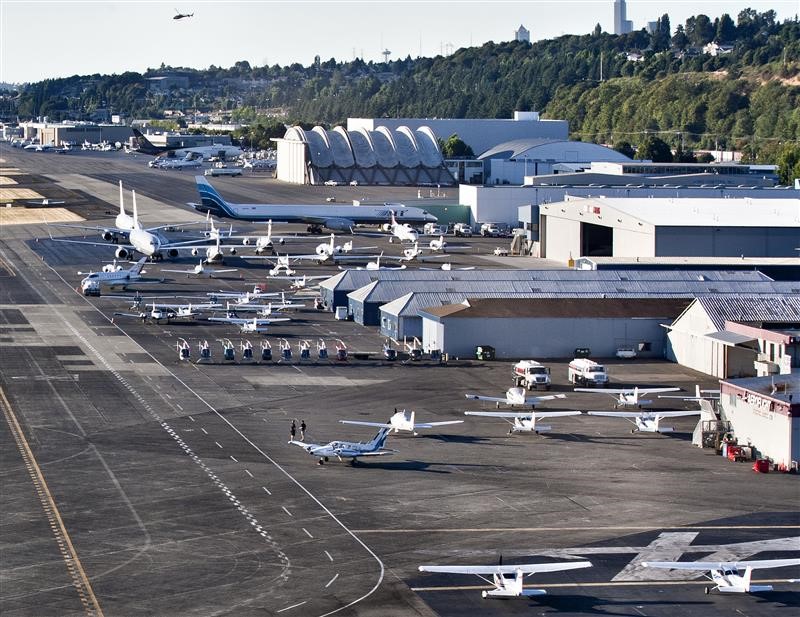With summer 2024 now in full swing – and projected to be the busiest of all time – airlines are taking measures to extend their capacity for accommodating higher traffic volumes and for coordinating the activities of all stakeholders. We sat down with Jekaterina Shalopanova, Chief Business Officer, to take a look at how exactly are airports and airlines handling this increase in traffic.
Busy times for decades to come
Capacity-building pursued today is a continuation of a trend dating back to the immediate post-COVID period when the demand for air travel had started to rebound. For instance, in 2023, total traffic rose 36.9% compared to 2022, reaching 94.1% of pre-pandemic (2019) levels globally. This year, the U.S. alone expects over 72 million customers travelling between May 17 and September 3, while European airlines are expected to offer 817.5 million seats to passengers between April and October.
With current projections indicating that global passenger traffic will reach 9.7 billion by late 2024 (surpassing pre-pandemic levels), double by 2042, and increase 2.5-fold by 2052, both airlines and regulators will have their work cut out for them. Not least of this work is, of course, going to redound on air traffic managers in airports.
“The aviation industry has been experiencing a decided shortage of personnel ever since the end of the pandemic. This trend has only further solidified when the demand for air travel started to recover. As of this day, industry players are scrambling for a variety of professionals, including pilots, aircraft mechanics, engineers and maintenance technicians, cabin crew members, air traffic controllers. For instance, the FAA had recently announced that it’s still short about 3,000 ATCs,” Jekaterina said.
Regulators pursue interconnected aviation
In the regulatory sphere, much has been achieved by EUROCONTROL’s high-performing Joint Approach programme. As part of the initiative, talks were held with C-level representatives of airports, several air navigation service providers (ANSPs), airlines, and other stakeholders. All agreed to focus on four main actions: prioritising the first rotation; disciplined flight plan execution; delivering agreed capacities; and taking a realistic approach to scheduling. Results of the programme included a 20.4% reduction in first-wave delays and a 17.5% reduction in turnaround time excesses.
Similar coordinating bodies are also being formed outside of Europe, for instance the air traffic flow management initiative CADENA in Latina America. Its purpose is to enable stakeholder coordination in cases like adverse weather events or staff shortages.
“Establishing a regional or even a global framework for coordinated activity by stakeholders is the way of the future for aviation. This will make air travel not only more environmentally sustainable in the long run, but also safer and less expensive. Several organisations dedicated to a connected aviation ecosystem are already in operation, but while their initial efforts are promising, achieving the end goal is still a number of years off from now,” explained Jekaterina.
The present and future of air traffic management
Needless to say, air traffic management will also be of paramount importance with regards to new developments in the UAE and Germany. The former’s major carriers Emirates Airline and Etihad Airways have recently signed the first-of-its-kind Memorandum of Understanding that will enable travellers to explore the emirates using both networks. Meanwhile, the German flag carrier Lufthansa Group said it will be commencing its new short-haul subsidiary City Airline’s operations in Q3 2024. These, and other, moves by airlines strongly suggest continuing growth of the volume and complexity of air traffic.
And to handle these increased volumes and complexity, air traffic controllers and managers, as well as companies working in related fields, have been looking for ways to lighten the increasingly heavy load they’re forced to carry. The major part of this, unsurprisingly, has to do with cutting-edge technology. One area of improvement has to do with the ATIS (Automatic Terminal Information Service) and VOLMET (meteorological information for aircraft in flight) messages they have to record, which takes a good deal of time. To free up time for their primary duties, new systems like StarCaster have been implementing automation and virtualisation. StarCaster, deployed at major commercial airports known for high volume of passenger traffic, allows controllers to quickly access key information and compose the required ATIS and VOLMET messages in a fraction of the time.
”Developments like this will be crucial for devising the connected aviation ecosystem of the (likely near) future that will rely on fully digital infrastructures, hyper-connected communications, and data-centric systems. The need for this has already been acknowledged by numerous regulatory bodies, ANSPs, airlines, and NGOs. In particular, there now exist several blueprints for how to achieve this goal: the FAAs national airspace vision for 2035, NASA’s foresight for 2045, and CANSO envisioning the future of airspace in 2045”, Jekaterina offered in conclusion.

